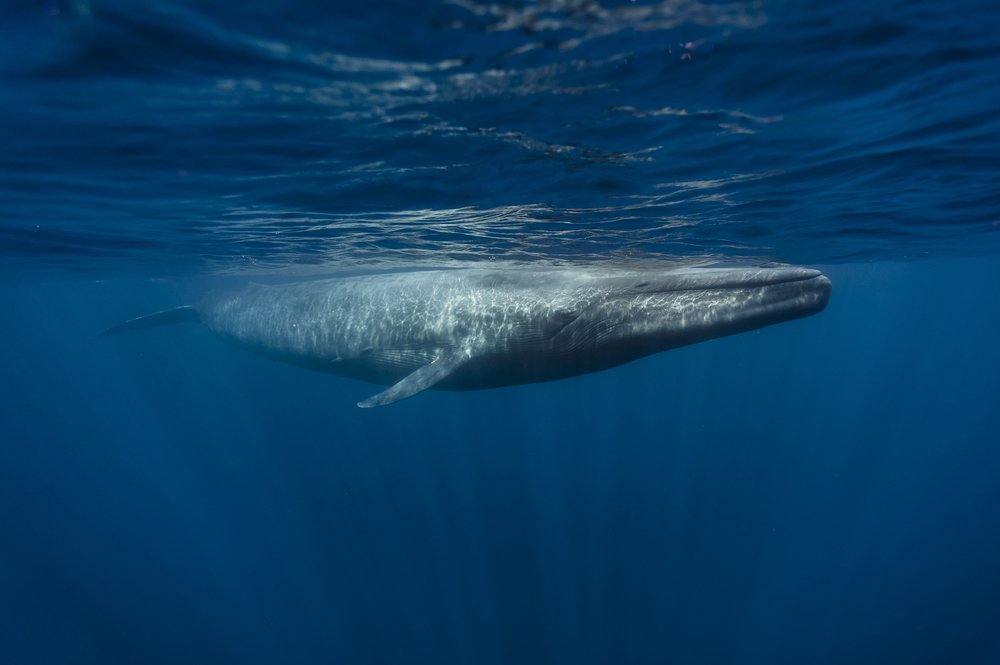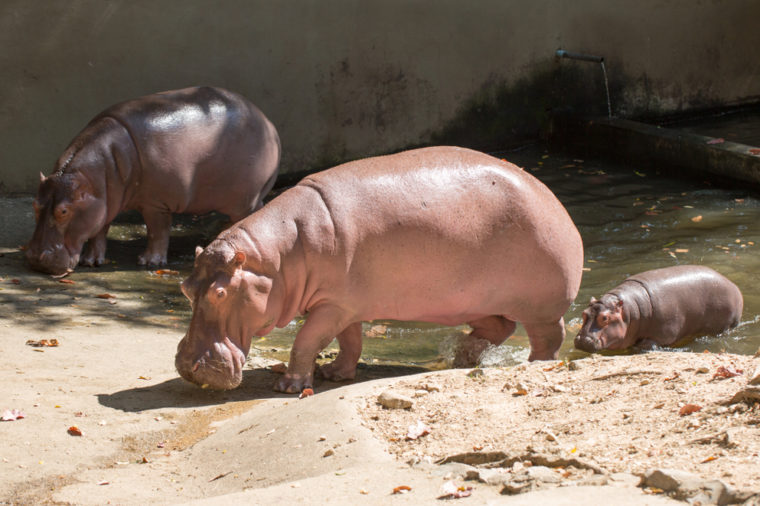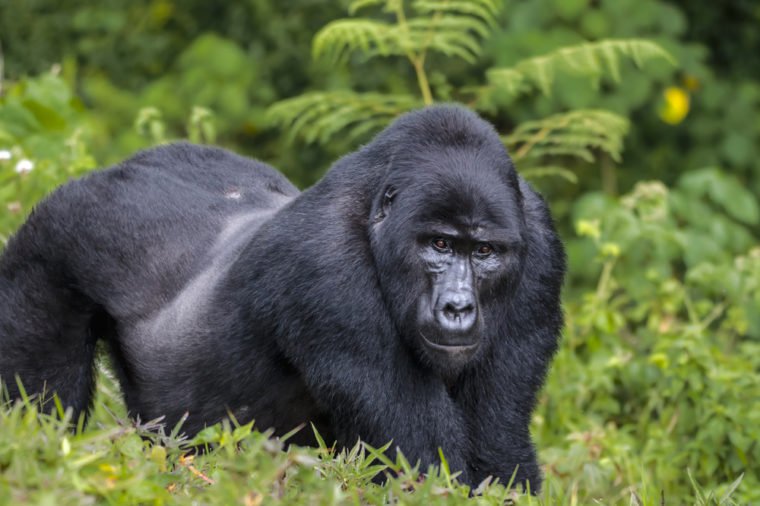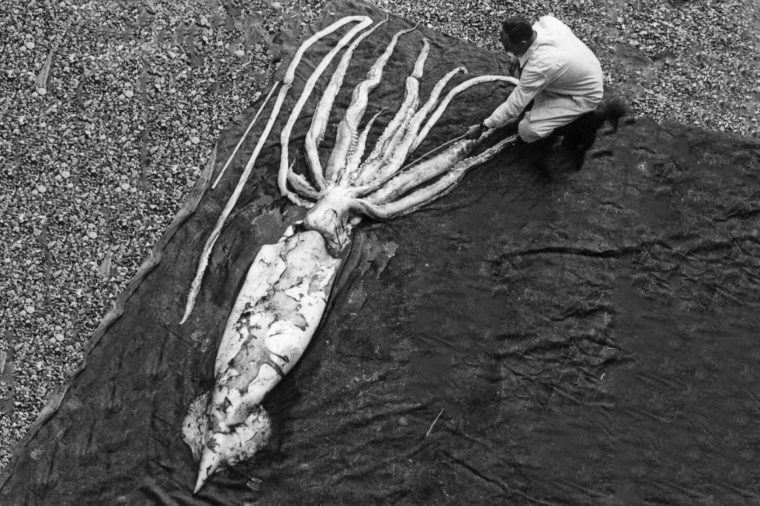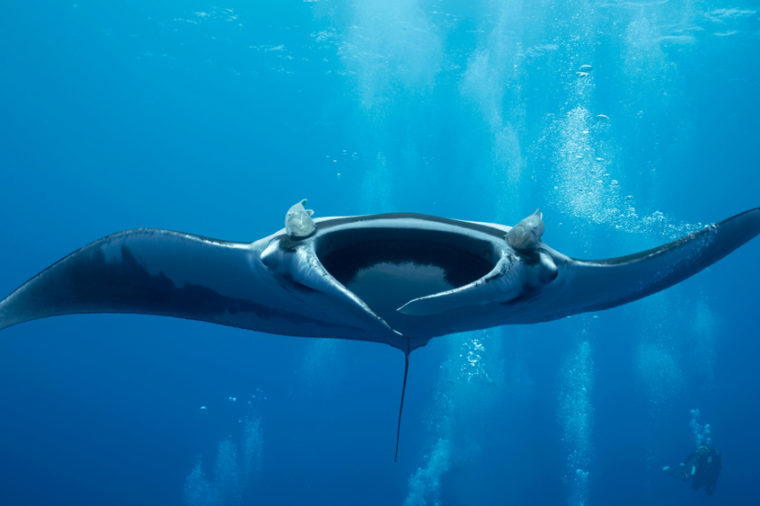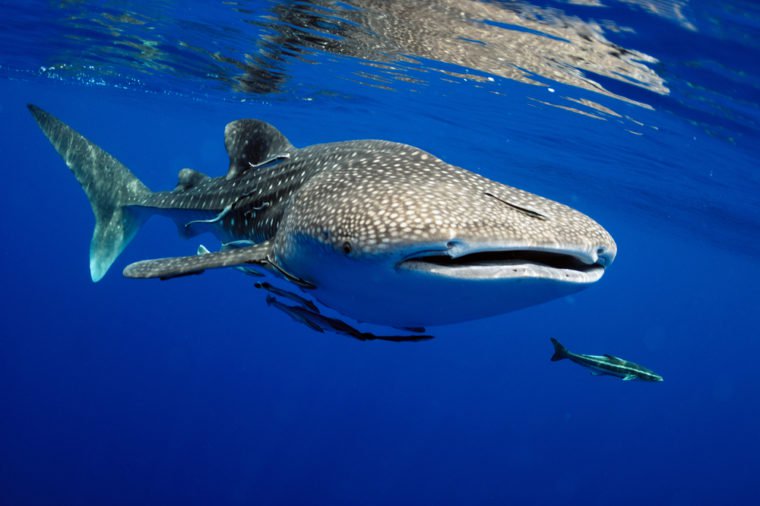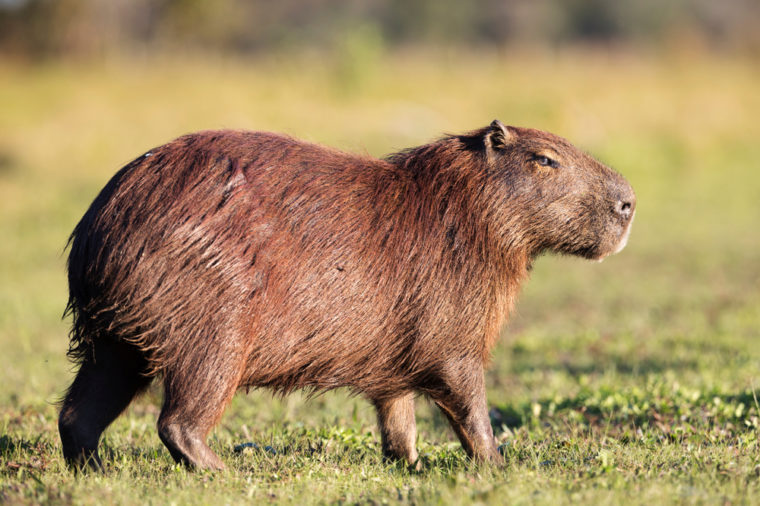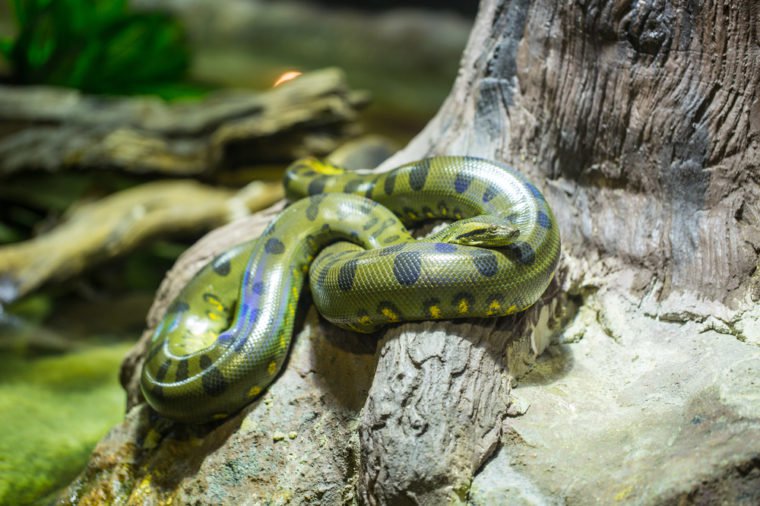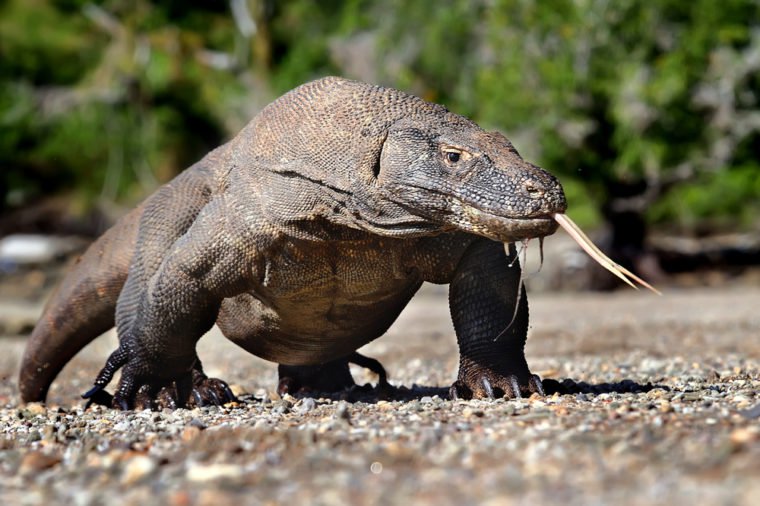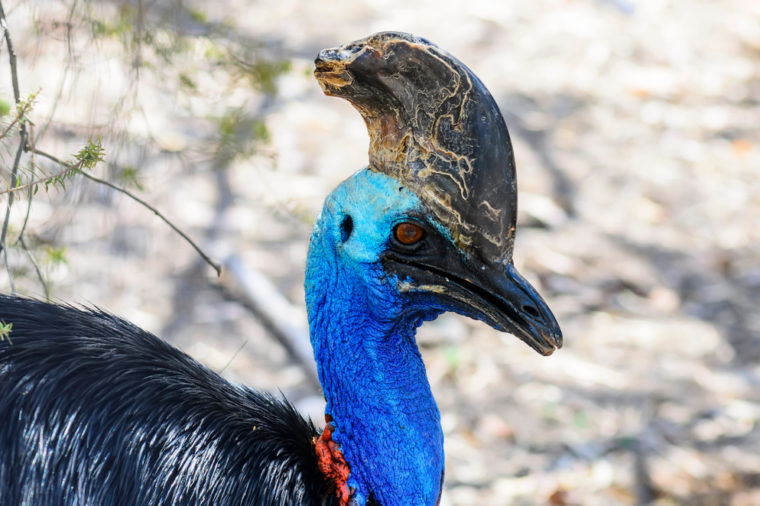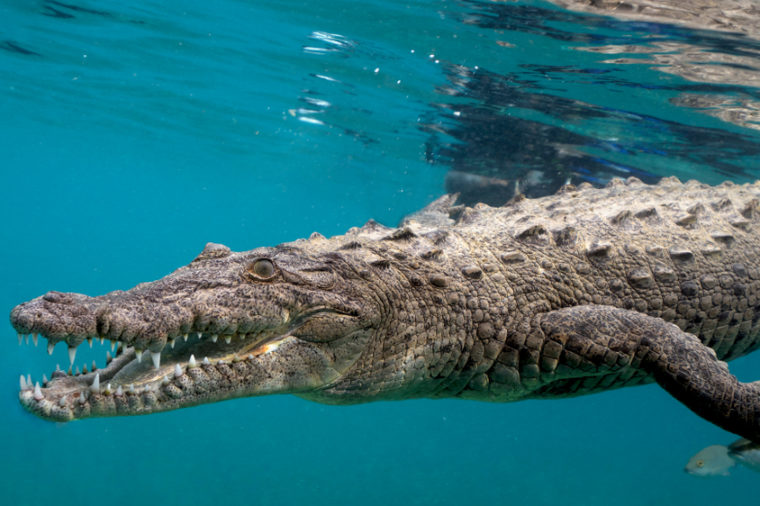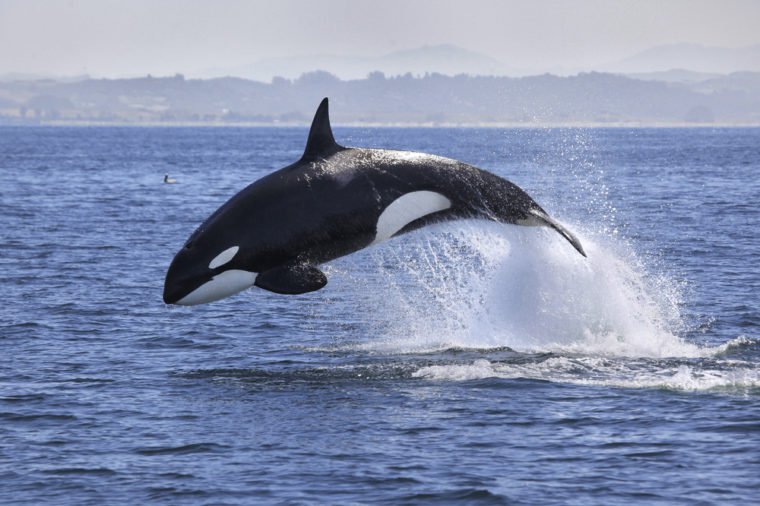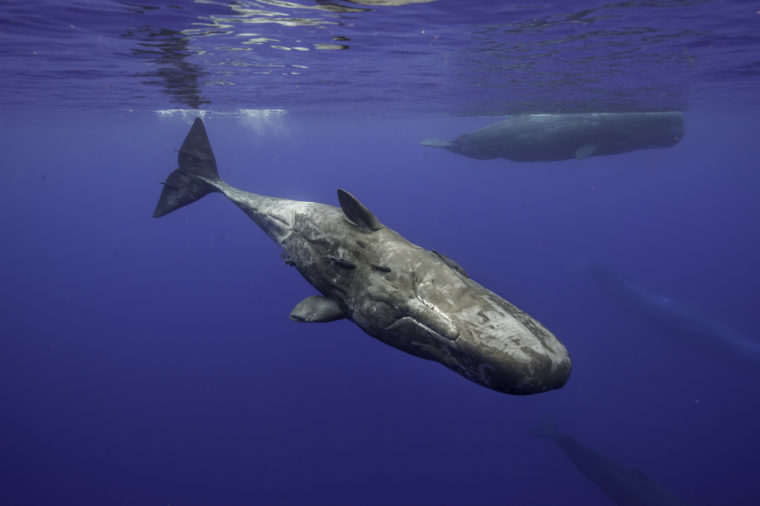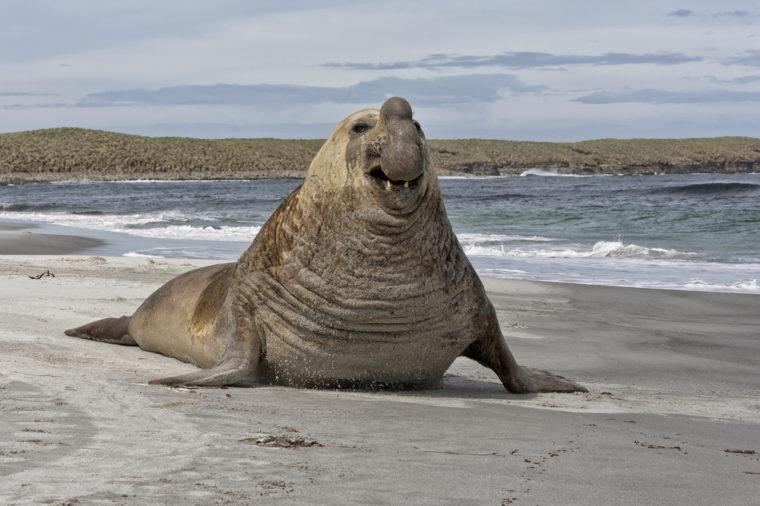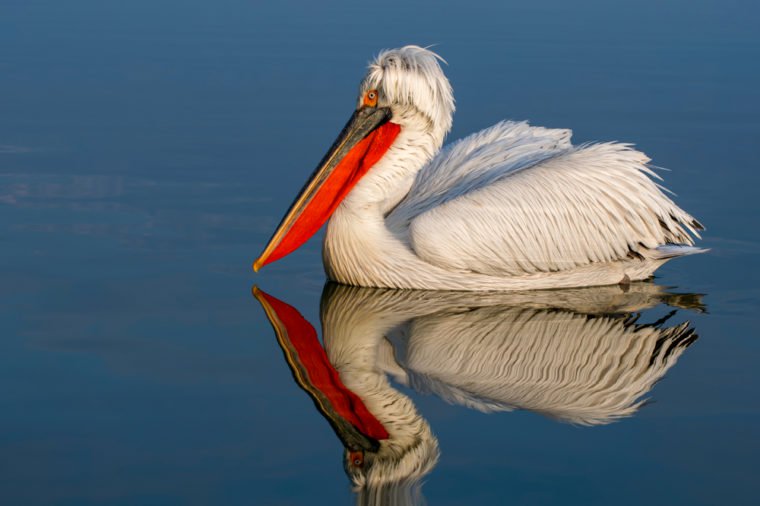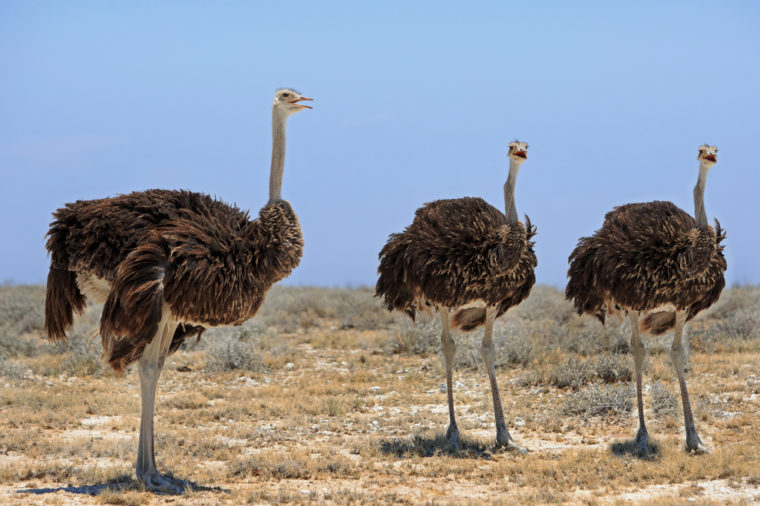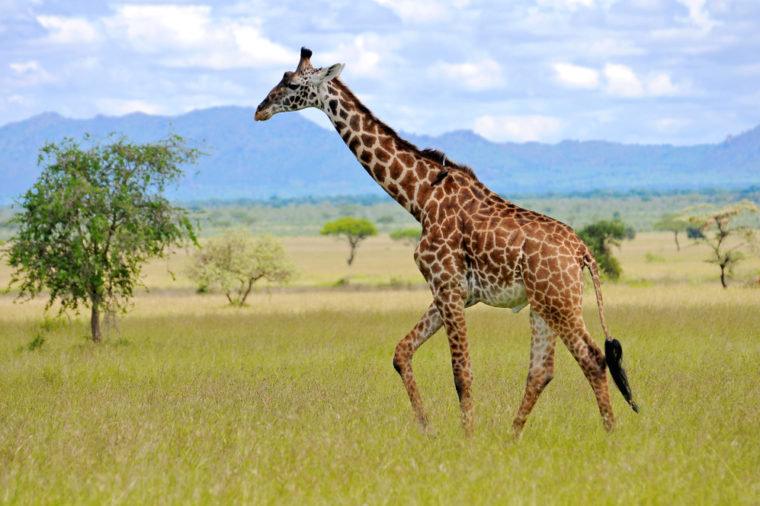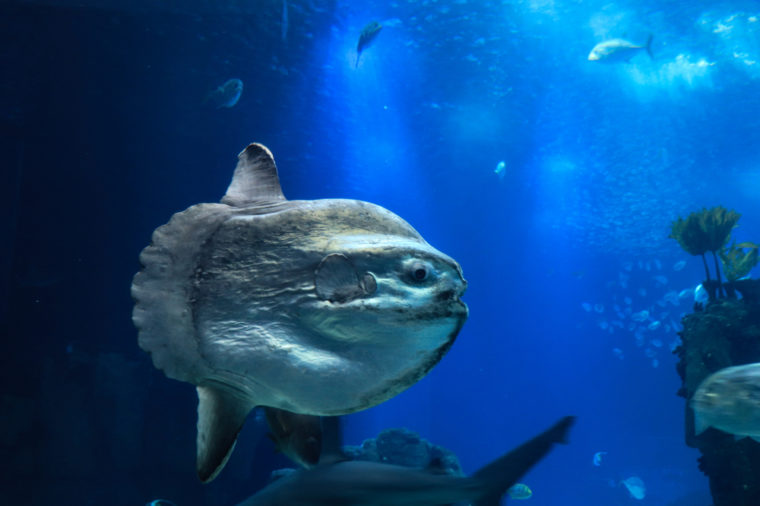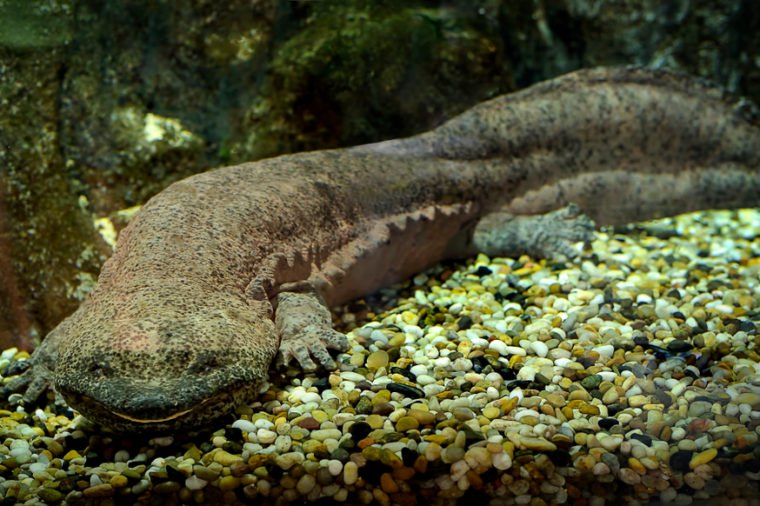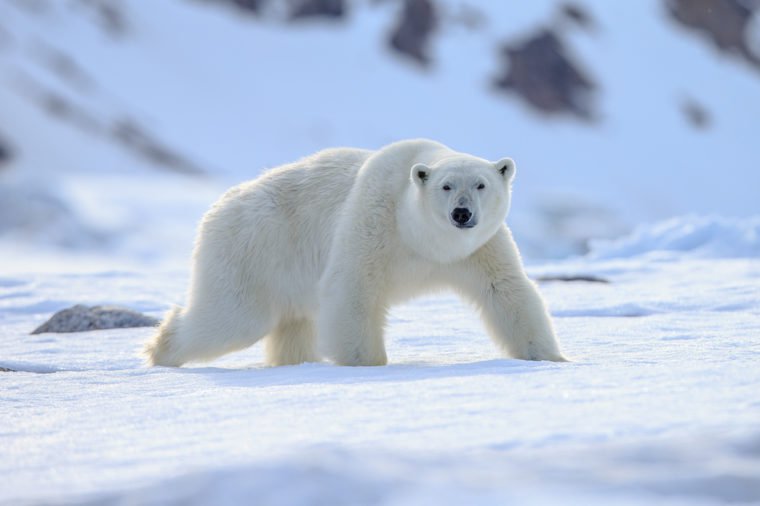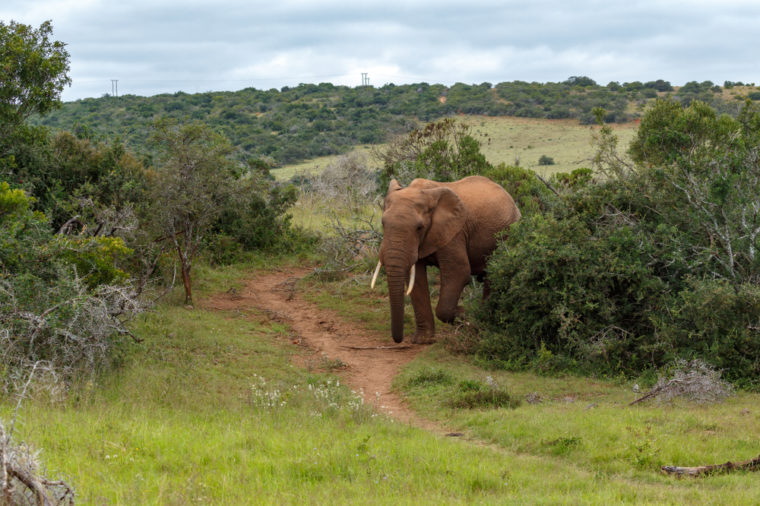There’s big and then there’s really big. Here are the largest, heaviest, and tallest animals to ever live on the land and in the sea.
Blue whale
Across the land and through the waves of the sea, there is one animal that is bigger than any other living things in the world: the blue whale. The majestic, carnivorous sea creature weighs a colossal 200 tons; that’s nearly 400,000 pounds! When blue whale calves are born, they can weigh up to 3 tons and put on 200 more pounds every day during the first year of its life.
Hippos
Found in sub-Saharan Africa is the world’s second largest land animal. Funny thing is, hippos are actually semi-aquatic mammals, meaning they spend a majority of their day in rivers and lakes. It’s how they keep their over 2,000-pound body cool under the blazing African sunshine!
Eastern gorilla
Eastern gorillas are found in the lowlands and mountains of Africa. Even with a diet of stems, bamboo shoots, and fruits, male gorillas can weigh up to 440 pounds. This makes them the largest living primates. However, their population is drastically decreasing in size. In the 1990s, there were about 17,000 eastern lowland gorillas. Scientists estimate that there is less than 50 percent of that now.
Flemish rabbit
If Peter Rabbit were a Flemish rabbit he’d definitely need a bigger blue jacket. Hailing from Belgium, the 20-pound Flemish rabbits were originally bred for their fur and meat, not to keep as giant fluffy pets. But if you wanted a real-life snuggle bunny, you could get a Flemish rabbit in black, blue, fawn, light gray, steel gray, sandy, or white. Want something a bit smaller?
Giant squid
This giant squid was found in Norway in 1928. Here, biologists are measuring one of its tentacles, but overall, the squid is 30 feet long (about the size of a school bus). As the largest invertebrates on Earth—meaning they don’t have a backbone—they can weigh over 400 pounds.
Manta Ray
Don’t let a manta ray’s nine-meter long, 2,000-pound body fool you. Unlike stingrays that have tails that can hurt you, manta rays can be extremely harmless. Sometimes they just jump out of the water. Scientist explain this phenomenon with theories such as the manta ray needing to remove parasites from their body, feeding, courting, and communicating. Jumping out of the water like that is kind of a superpower of manta rays.
Whale Shark
The world’s largest fish is called a whale but’s it’s actually a shark. But whale sharks are not the only animals with surprisingly misleading names. The name just comes because if it’s massive size; they can grow up to 40 feet long. You would think these ginormous sharks would want to eat you given the chance, but to whale sharks, humans are friends, not food. Whale sharks typically eat krill, fish eggs, and smaller fish and are known to be gentle around scuba divers.
Capybara
If you have a fear of rodents, your skin might crawl looking at the world’s largest rodent. Capybaras can weigh anywhere from 60 to 174 pounds, with the females being a bit larger than males. Unlike the rats you might find in a subway station, capybaras have webbed feet to help them swim and don’t have tails. Think there’s nothing to fear because of how harmless they look?
Green Anaconda
Although a reticulated python can grow a bit longer than a green anaconda, the 12-inches wide diameter of an anaconda’s body earns it the title of world’s largest snake. They grow more than 29 feet long and can weigh more than 550 pounds, especially when they eat wild pigs, deer, and even jaguars.
Komodo Dragon
If you ever wanted to be a real mother of dragons, consider getting a komodo dragon, or maybe just have a look at one in the zoo. Komodo dragons are the biggest lizards on Earthweighing up to 300 pounds. Like the fire-breathing dragons of your fantasies, Komodo dragons have poisonous bacteria in their saliva that can kill their prey in 24 hours after a bite. Beware of these animals that are deadlier than sharks.
Cassowary
Of the three species of cassowaries, the southern cassowary is the biggest weighing a total of 125 pounds. Although the bird is known for being the second-heaviest bird on Earth, they’re more so known for their hot tempers. In an article on Smithsonian.com, it’s said that cassowaries occasionally get into kick fights with inanimate objects.
Saltwater Crocodile
Saltwater crocodiles can weigh up to 1,000-pounds and measure up to 17 feet long. The carnivores prowl beneath the water before attacking water buffalos, monkeys, and even sharks. No one seems to mess with the powerful strength of their tails and jaws, which could be what helps them stay at a low risk of extinction. Saltwater crocodiles might be easy to find because of their large population size, but these are nocturnal animals that hardly anyone ever gets the chance to see.
Orca
Killer whales show no mercy to penguins, sea turtles, or even sharks when they get hungry. An average-sized orca can eat about 500 pounds of food a day—this is probably why they can weigh up to 12,000 pounds. Orcas are the largest dolphins swimming in the freezing waters near the Polar Regions and the equator. Did you know there’s a scientific reason why so many animals are black and white?
Sperm Whale
One of the best ways to recognize a sperm whale in the ocean is by their massive heads. Though they do have the largest brains of any living thing on Earth, it’s the fact that their heads are filled with spermaceti that makes their biology so fascinating. To this day, scientists only theorize that spermaceti help sperm whales stay buoyant. There has to be something that keeps all 35 to 45 tons of sperm whales afloat!
Japanese Spider Crab
Under the sea, or well under the Pacific Ocean, live a species of crabs much larger than The Little Mermaid’s Sebastian. Japanese spider crabs can grow up to 12 feet wide, supporting a body that’s barely longer than one foot long. Crawling around with 44 pounds of meat makes this crustacean a dinner favorite in Japan. And you would never believe that these weird animals actually exist, but they do!
Southern Elephant Seal
Tipping the scale at 8,800 pounds, the name of the largest seals in the world comes from their trunk-like snouts rather than their mammoth bodies.
Dalmatian Pelican
Dalmatian pelicans aren’t your average beach bird. In fact, they’re much larger than average birds because they can grow up to 70 inches in height, weigh up to 33 pounds, and can have a wingspan of nine feet. Dalmatian pelicans are one of the few birds that are this heavy and can still fly.
Ostrich
If Big Bird from Sesame Street had a real-life equivalent, it would definitely be an ostrich. They are the tallest and heaviest birds of all time. Their 350-pound bodies make them unable to fly, but they can still outrun you at 43 miles per hour. Even an ostrich egg is big: they can even weigh up to three pounds!
Giraffe
While under the sea there are some pretty large animals, the tallest land animal in the world is the giraffe. Full-grown adults can grow up to 19 feet tall. To get blood pumping from their hearts all the way to the top of their brains, giraffes have a heart that weighs about 25 pounds. You also can’t forget about their 21-inch long tongue that they use to eat hundreds of pounds of leaves every week from the tallest trees in the African savanna.
Ocean Sunfish
Now, this is a fish you probably won’t pick up at the pet store anytime soon to add to your at-home salt-water aquarium, no matter how big your tank is! In the category of fish with bones (sharks have skeletons made up of cartilage, not bones), sunfish are the heaviest of them all. Like sharks, though, they have a dorsal fin that often gets mistaken for a shark fin when they swim near the top of warm, tropical oceans.
Chinese Giant Salamander
There are five species of salamanders, some living in North America and others in Japan. The largest ones hail from China at about four feet long and weighing around 50 pounds. They are the largest amphibians in the world. Similar to most amphibians, salamanders spend their lives underwater, but they don’t have gills. Their wrinkly skin absorbs oxygen to help them breathe.
Polar Bear
To find the largest land carnivores in the world, you need to travel to the Arctic. Female polar bears can weigh up to 700 pounds and males can weigh up to 1,300. At birth, though, a newborn polar bear cub is merely one pound. But even for the largest roaming land carnivore in the world, finding food can be a struggle. Less than two percent of polar bear hunts are successful, so half their lives are spent searching for food.
African Bush Elephant
In the African savannas, deserts, and high rainforests live the world’s largest land mammal. Sustaining over 10 tons of weight, African bush elephants only eat plants, grass, and fruit—350 pounds of it a day! Elephants can use their trunks (which are made with more than 40,000 muscles) to lift anything up to 400 pounds. Unfortunately, the largest land animal doesn’t have the largest population; 25,000 elephants die because of poaching every year.



